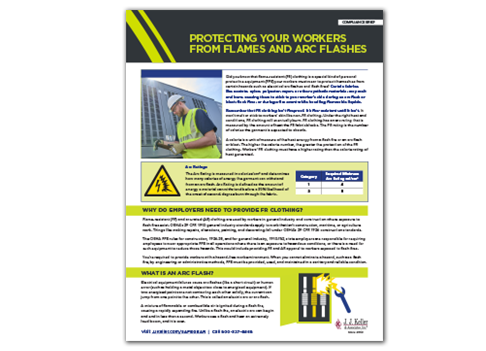May 2024
Brush Up On Arc Flash Standards This Electrical Safety Month
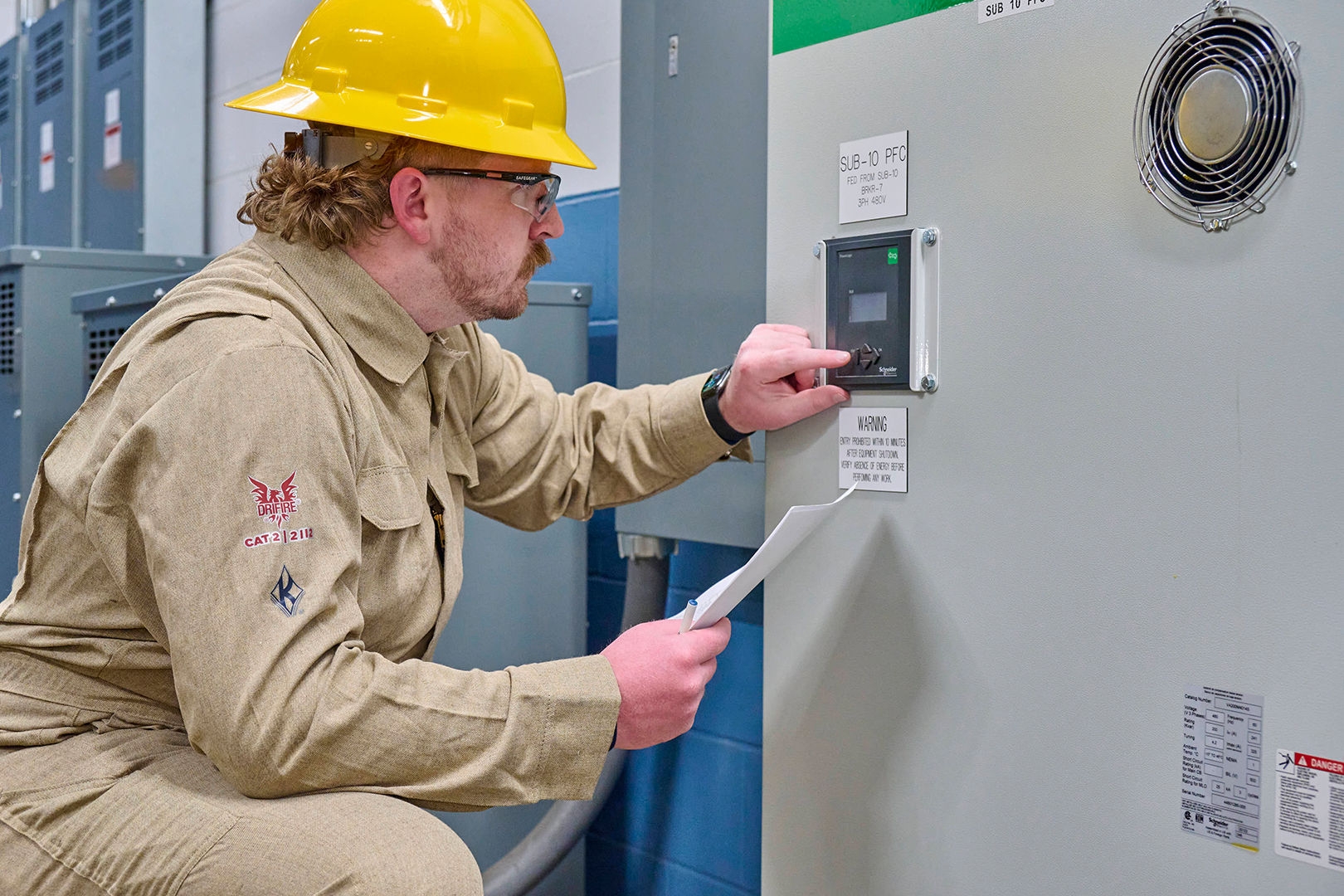
Every May, in honor of National Electrical Safety Month, The Electrical Safety Foundation (ESFI) leads an annual initiative aimed at informing crucial audiences about proactive measures to diminish electrically related fires, fatalities, injuries, and property damage.
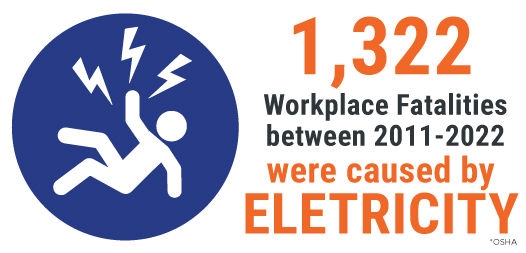
Contact with electricity remains a prominent contributor to workplace fatalities and injuries across the United States. OSHA reports a total of 1,322 workplace fatalities linked to electricity between 2011 and 2022. Notably, 70% of these fatalities transpired in occupations not primarily associated with electrical work.
Millions of workers are exposed to electrical hazards daily in their workplaces. One of the most dangerous incidents that can occur is an arc flash, which is a type of electrical explosion. An arc flash refers to the sudden release of energy between a live conductor and another conductor or the ground, resulting in a flash of intense light and heat.
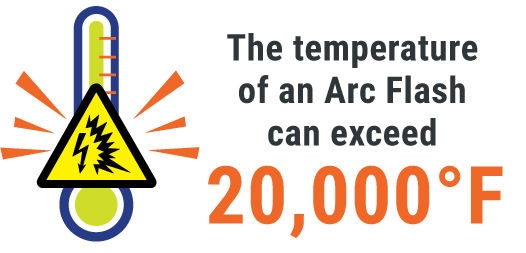
Temperatures during an arc flash can reach staggering levels, exceeding 30,000 degrees Fahrenheit. The severity and speed of an arc flash make it a significant risk that workers need to be aware of and protected against. By following safety standards, such as NFPA 70E, employers can ensure safe work practices are followed and protect their workers from significant electrical hazards.
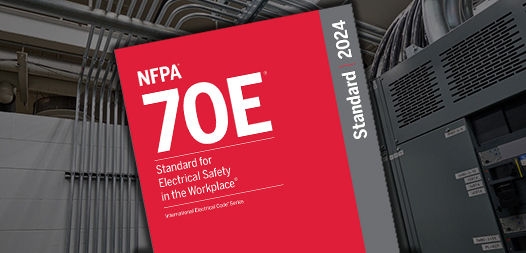
NFPA 70E Updated
Did you know that NFPA 70E was initially developed at the request of OSHA to help companies and employees prevent workplace injuries and fatalities caused by shock, electrocution, arc flash, and arc blast?
The 2024 updates to NFPA 70E bring several important changes from the 2021 version and additions that will impact training. Here are some key highlights:
- Enhanced risk assessment procedures: The updates include improved procedures for assessing and managing workplace risks, helping organizations prioritize safety measures.
- Updated Personal Protective Equipment (PPE) guidelines: The revised NFPA 70E provides updated guidelines for selecting and using PPE to ensure worker safety. These guidelines take into account the latest advancements in protective equipment.
- Clearer definitions of safety boundaries: The 2024 edition includes clearer definitions of safety boundaries, helping organizations establish and communicate safe working distances around electrical equipment.
While OSHA does not directly enforce NFPA 70E, they may use it as a reference to support citations for violations related to electrical hazards. For example, OSHA may consult NFPA 70E’s guidelines on the Flash Hazard Boundary when considering citations for personal protective equipment under 29 CFR 1910.335.
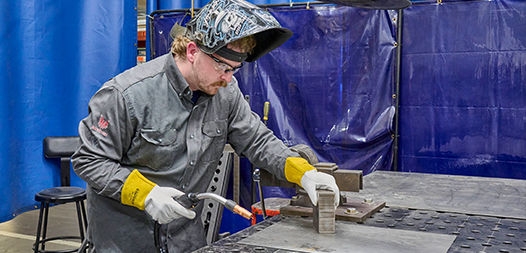
Rising demand for AR and FR apparel
According to studies, the global flame-resistant (FR) apparel market is projected to exceed $5 billion by 2027. This growth is driven by the increasing demand for FR apparel in oil and gas, automotive, building and construction, electric power generation, and chemicals.
These industries require FR and arc-rated (AR) garments to comply with standards such as NFPA 70E for electric arc and NFPA 2112 for flash fire. The need for safety and compliance in these sectors contributes to the rising demand for FR apparel. If workers are potentially exposed to arc flash explosions, they need to ensure that their workers have proper protections.
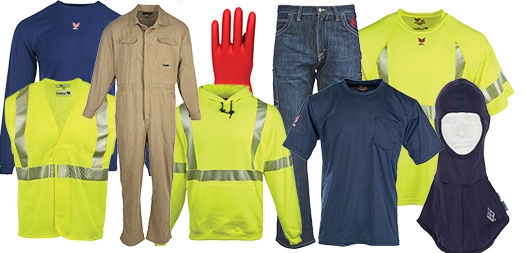
Types of AR/FR PPE workers need
FR clothing is personal protective equipment (PPE) for protection from fire and arc flashes. It has been designed and tested to protect against specified electrical/heat hazards. Other PPE used with FR clothing include safety glasses, face shields, hard hats, safety shoes, and gloves. Some common types of AR/FR apparel:
- Flame-Resistant Clothing: This includes shirts, pants, coveralls, and jackets made from flame-resistant fabrics.
- Arc Flash Suits: These full-body suits provide comprehensive protection against arc flashes. They typically consist of a jacket and pants made from arc-rated materials and are designed to withstand the extreme heat and pressure generated by an arc flash.
- Arc Flash Hoods: These hoods are worn over the head and neck to protect against arc flashes. They are made from arc-rated materials and often have a face shield or visor to protect the face and eyes.
- Arc Flash Gloves: These gloves are designed to protect the hands and wrists from arc flashes.
- Arc Flash Shirts: These shirts are made from arc-rated fabrics and protect the upper body. They are typically long-sleeved and may have features such as high-visibility strips or reflective tape.
- Arc Flash Pants: Similar to arc flash shirts, arc flash pants are made from arc-rated materials and protect the lower body.
By following NFPA 70E, companies can also ensure compliance with OSHA’s electrical standards at 1910 Subpart S and 192 Subpart K.
Key to Remember
FR (Flame-Resistant) and AR (Arc-Resistant) safety protects workers from fire and electrical hazards. FR clothing is designed to self-extinguish and reduce burn injuries, while AR clothing protects against arc flashes.
GET A FREE ARC FLASH COMPLIANCE BRIEF
Learn more about arc flashes and arc blasts and how flame-resistant (FR) clothing can help protect your workers, while gaining insight into applicable OSHA requirements with our FREE Compliance Brief.
